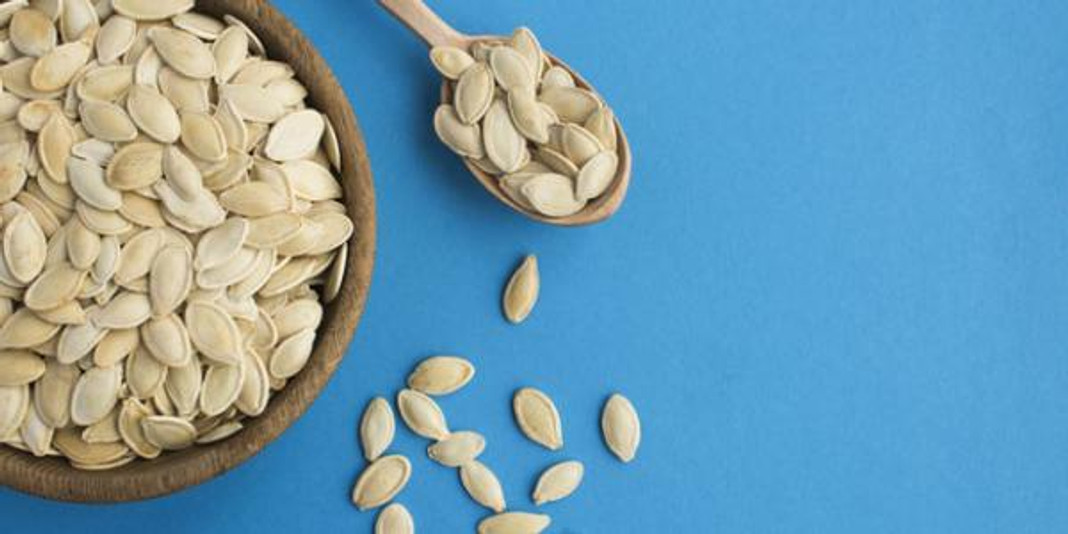
Treating An Overactive Bladder
Losing control of your bladder can be a very embarrassing concern with widespread ramifications. People who have bladder control problems have trouble stopping the flow of urine, which is classified as urinary incontinence or an overactive bladder. For others it may just be a case of a constant urge to urinate, which is often termed as a sensitive bladder.
According to recent statistics, less than half of women and one quarter of men who suffer from an overactive bladder ever seek medical help. Two large studies indicate that one in six adults report some signs of an overactive bladder, with one in three having episodes of urge incontinence.
An overactive bladder affects one in six adults over the age of 40, and is defined as having an urgent need to empty the bladder during the day and night, along with incontinence. Those afflicted with an overactive bladder have to go to the bathroom frequently, leak urine into their clothes, and report feeling depressed, stressed, and sleep-deprived.
What causes an overactive bladder?
Whilst most people associate this concern as part of ageing, this is not always the case. Certainly, the chances of bladder problems increase with age often due to other diseases such as prostate enlargement and diabetes but obviously not all ageing people suffer from incontinence or an overactive bladder.
In women, an overactive bladder, sensitive bladder and stress incontinence (loss of urine during physical activity such as exercise or even sneezing) is usually caused by a weakening of the bladder muscle and pelvic floor muscles. Hormonal changes occurring after the menopause are thought to be responsible for causing these anatomical changes in the bladder sphincter that lead to urinary incontinence. The reduction of the male hormone testosterone weakens the pelvic floor muscles and the bladder sphincter, whilst oestrogen deficiency causes the shrinkage of the tissues.
Most women and men do not seek advice on overactive bladder treatment either because they are embarrassed about this concern or simply because they believe that this is all part of the ageing process.
What is the best natural treatment for an overactive bladder?
Many seek natural treatments which include the use of magnesium, cranberry and cornsilk supplements with some success. Recently, there has been great interest for overactive bladder supplements containing pumpkin seed extract.
As early as 1578, a European herbal encyclopaedia mentions the use of pumpkin seeds to treat urinary problems. In Germany, pumpkin seed extract is officially approved for the treatment of irritable bladder. We have known for years that pumpkin seed extracts are good for urinary problems, however most supplements use pumpkin seed oil whereas in recent studies the water soluble fraction of pumpkin seeds has demonstrated impressive results.
Water soluble pumpkin extract exerts a tissue building effect on the pelvic floor muscles through several mechanisms. Firstly, this extract works to make testosterone more available, which is the hormone that is deficient in those suffering from an overactive bladder.
Secondly, it helps to increase nitric oxide, a molecule that is so crucial for countless functions in the body such as circulation and cardiovascular health. In order to relax the bladder muscles, when the bladder is full, nitric oxide is required. When there is insufficient nitric oxide, the result is bladder hyperactivity, an urge to urinate and the symptoms of a sensitive bladder.
Finally, pumpkin seed extract is rich in amino acids, the building blocks for every single tissue in the body.
Three separate studies on ageing women demonstrated the effectiveness of water soluble pumpkin extract with reference to alleviating urinary incontinence. Whilst the water soluble pumpkin seed extract is excellent for women with urinary incontinence, it is equally suitable for men especially those wishing to prevent prostate enlargement or for those who already suffer from prostate enlargement. Benign prostatic hyperplasia (BPH) often causes urinary frequency, impairs sleep and decreases the quality of life for many men. Supplementing with pumpkin seed extract offers great promise.
For those seeking a natural remedy to address urinary incontinence, an overactive bladder or for the symptoms of prostate enlargement, Life Extension’s Water-Soluble Pumpkin Seed Extract capsules could potentially be the supplement of choice to help alleviate this concern.
Aside from pumpkin seed extract, Organic Angelica Leaf Extract has been the subject of several small studies for incontinence and nocturia. Nocturia refers to the frequent need to urinate during the night because of the inability of the bladder to hold large volumes as we age. This may be due to decreased muscle strength of the bladder wall and/or change in the hormone levels.
The combination of Angelica Leaf Extract with pumpkin seed extract is now available in a supplement, Viridian Nutrition Organic Bladder Support + Angelica, which is ideal for those suffering chronically with incontinence, an overactive bladder either due to age or to an enlarged prostate, and for women whose pelvic floor muscles have weakened which can occur after childbirth.
DISCLAIMER: The views, opinions and information expressed in this article and on Victoriahealth.com Ltd are those of the author(s) in an editorial context. Victoriahealth.com Ltd cannot be held responsible for any errors or for any consequences arising from the use of the information contained in this editorial or anywhere else on the site. Every effort is made by the editorial and content team to see that no inaccurate or misleading information, opinion or statement appear, nor replace or constitute endorsement from medical bodies or trials unless specified. Victoriahealth.com Ltd accept no liability for the consequences of any inaccurate or misleading data, information, opinion or statement. Information on Victoriahealth.com Ltd and in the editorials is provided for informational purposes only and is not intended as a substitute for the advice provided by your physician or other healthcare professional. You should not use the information on this website or in the editorials for diagnosing or treating a health concern or disease, or for the replacement of prescription medication or other treatment.




